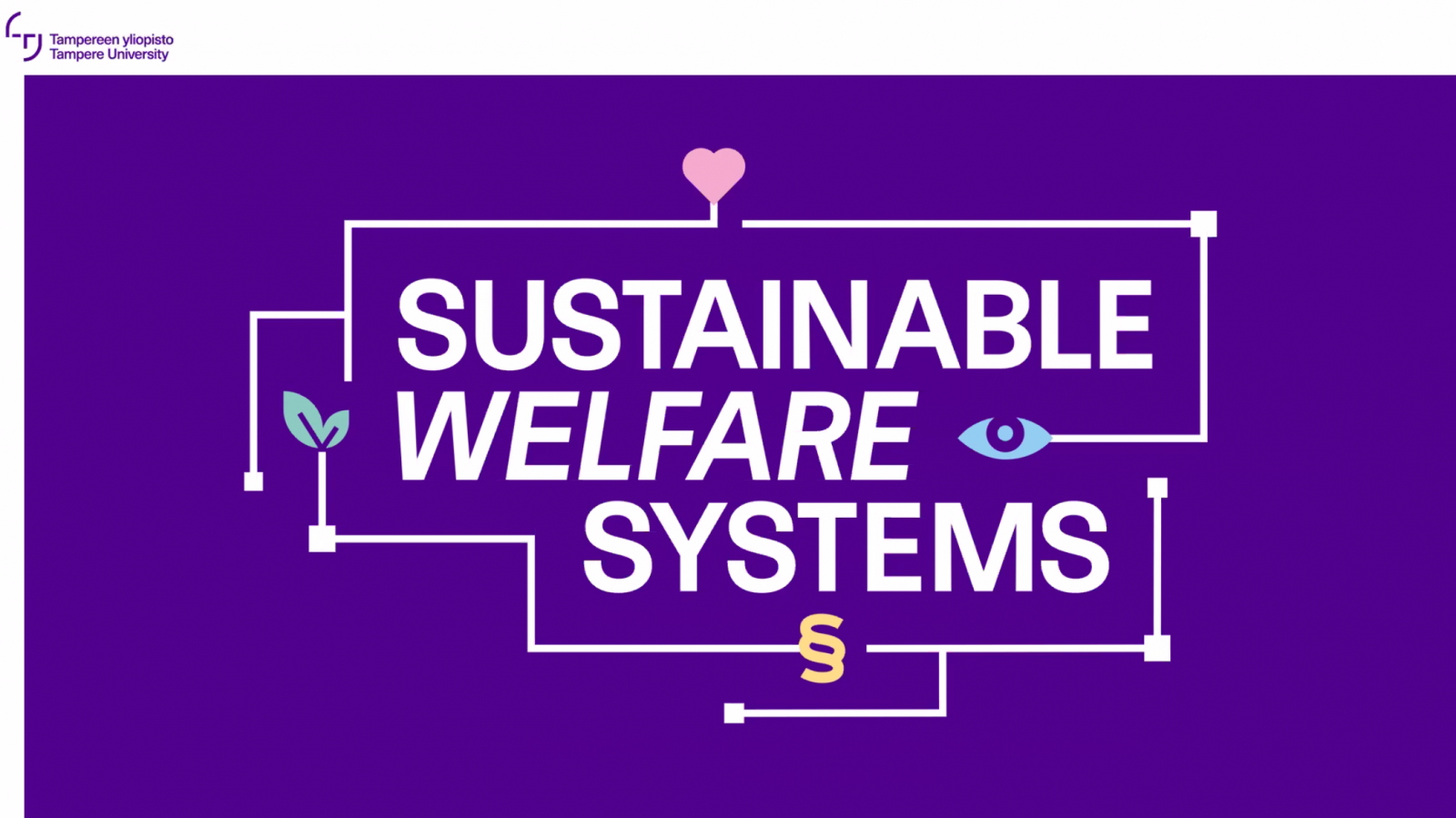“Imagine our university becoming a primary reference point and a hub for stakeholders and practitioners in times of crises or when signs of crises emerge in their work. These stakeholders and practitioners would turn to our university to find ways to better understand, sustain and develop welfare systems in direct collaboration with us.
Now, you do not need to imagine this! Why? Because this is already happening in this university. Since 2018 in one of our main projects, my team has been building a long-term partnership with stakeholders and practitioners committed to eradicate homelessness in Finland. These stakeholders and practitioners represent a wide range of sectors and organizations at the city- and national levels. We analyzed together data from their work to understand how homelessness has radically changed in the past years in this country, what demands homelessness sets on welfare systems today and what developments are needed.
Some of these sectors we are working with were not at all used to think together about homelessness and to work together with other sectors. We researchers sat with all these actors, they brought in data from their work, their worries, their innovations, their struggles, we researchers offered conceptual models and tools that we develop in our own work. The process has been successful in that it led to the design of a new vision for the next phase of homelessness work in this country. This co-constructed vision goes under the name of Finnish Housing First 2.0. So far only scholars in my research field were involved, but processes such as this would be so much more impactful if scholars from other research fields would join in. This is why I wished to share with you today what our team does.
Now let me give you a glimpse into the way we work. These participatory analyses and design sessions are called Change Laboratories. They are realized by using actual empirical data on the crisis or challenge at hand. The participants analyse these data with the help of conceptual models from our theoretical framework – Cultural-Historical Activity Theory. In prior studies we have used these tools in hospital settings and in elderly care. The focus of the participatory analyses are systemic disturbances and the design process is aimed at envisioning ways to overcome such disturbances. These new perspectives for the future are collaboratively produced visual models that crystalize a shared direction for the cross sectoral and inter-organizational work. For instance, now in the effort toward eradicating homelessness in Finland ,the Change Laboratories produced proposals for action plans at the city- and national levels which are currently in use and referred to in the field.

The reasons I am here today is that this type of work could be significantly strengthened if other fields of science would be involved. And if we would engage together in major challenges of societal renewal and development of welfare systems. If you are interested in the work we do, I would be glad to explore possibilities of working together, on poverty, homelessness but also on other acute welfare challenges for equity and sustainability.”

